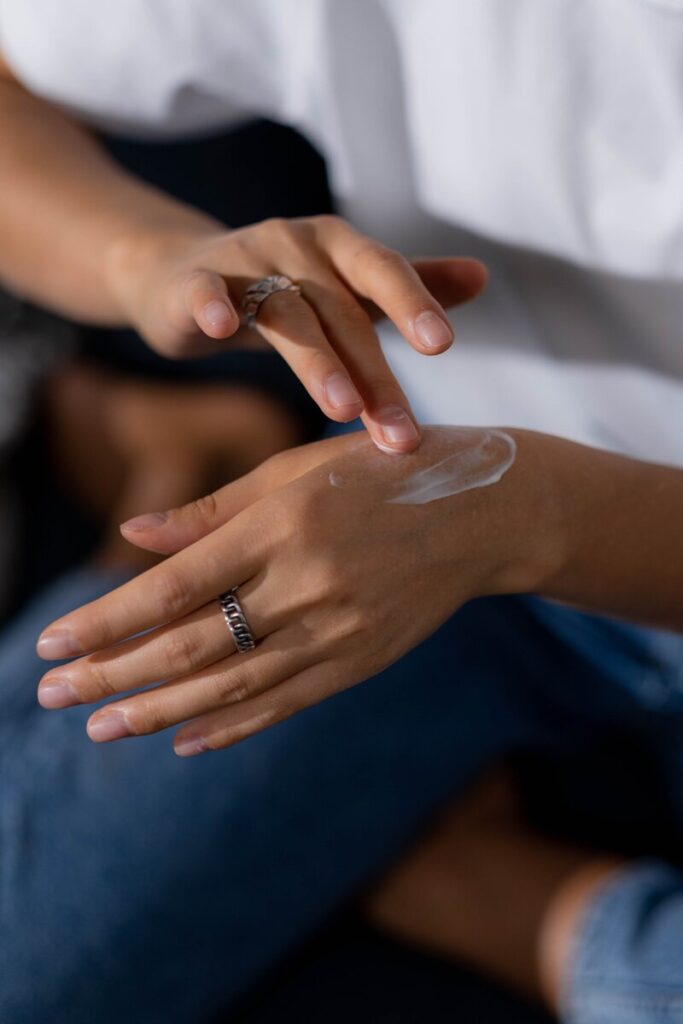That dry patch of skin that just won’t go away, the flakiness in your scalp, or even the rash that appears after minimal sun exposure—you’ve never quite figured out why it keeps happening, and it just never seems to go away. Well, your rash might be linked to an underlying autoimmune condition! The intersection of dermatology (the study of skin) and rheumatology (the study of autoimmune diseases and musculoskeletal disorders) is where many of these questions find their answers. Let’s dive into the world of rheumatology-dermatology!
Understanding Autoimmune Rashes
Autoimmune diseases occur when the body’s immune system mistakenly attacks its own tissues. Instead of being immunosuppressed, your immune cells become overactive and disruptive!! They end up targeting and damaging normal parts of your body, rather than focusing on harmful invaders like bacteria and viruses.
In the field of dermatology, this misdirected immune response can show up as different kinds of skin problems. For example, you might see conditions like psoriasis, where red, scaly patches appear on the skin. Lupus, also known as systemic lupus erythematosus, can cause rashes and other symptoms all over the body. Dermatomyositis leads to skin rashes and muscle inflammation, while scleroderma causes the skin to become thick and tight.
Recognizing the Signs
If you’re wondering whether your rash might be autoimmune-related, here are some signs to watch for:
- Chronic or Recurring: Autoimmune rashes tend to stick around or come back, even after treatment.
- Other Symptoms: They often show up with joint pain, fatigue, or other body-wide symptoms. Be sure to tell your doctor about any other issues, even if they seem unrelated.
- Distinct Patterns: Some rashes have recognizable patterns that specialists like dermatologists and rheumatologists can identify—like the well-known butterfly rash in lupus!
The Role of Dermatologists and Rheumatologists in Autoimmune Skin Conditions
Dermatologists are experts at diagnosing and treating skin issues, including those caused by autoimmune problems. They use tools like skin biopsies and careful examinations to figure out what’s causing rashes and other skin changes. When the skin condition seems to be part of a bigger health issue, they may work with a rheumatologist for a deeper look.
Rheumatologists focus on autoimmune diseases that can affect not just the skin, but other parts of the body too. They study how the immune system impacts different organs and work to understand how skin symptoms connect to these broader health problems.
When dermatologists and rheumatologists work together, they can provide better care, treating both the skin and any other health issues tied to autoimmune conditions. This teamwork is especially helpful in managing conditions like lupus, psoriasis, or dermatomyositis, where the immune system affects the skin and other organs.
Diagnosis and Treatment
Finding out if a rash is due to an autoimmune issue involves a few key steps. First, your doctor will ask about your medical history, including how long you’ve had the rash and if you’ve noticed any other symptoms. They’ll then examine the rash closely. To get a more detailed picture, they might order extra tests like blood work or a skin biopsy. These tests help figure out if the rash is linked to an autoimmune problem and rule out other causes.
Once the diagnosis is clear, treatment usually focuses on reducing inflammation and calming the immune system. This might include using creams, taking oral medications like steroids, or using other drugs that help manage the immune response. Sometimes, more advanced treatments are needed. The goal is to ease the rash, prevent it from coming back, and protect other parts of your body that might be affected.
The Importance of Early Intervention
Catching autoimmune rashes early is really important for keeping things under control. If you don’t get it checked out quickly, these conditions can end up causing problems not just with your skin but also with other parts of your body, like your joints or kidneys. It’s a good idea to see a doctor as soon as you notice any symptoms. This way, you can prevent things from getting worse and make sure both the rash and any underlying issues are managed well. Early treatment makes a big difference in how well you can control the condition and stay healthy overall.
If you’re dealing with a stubborn rash or feeling like something bigger might be going on, knowing how dermatology and rheumatology work together can really help you get the care you need. When these specialists team up, it means you get a more complete approach to handling autoimmune skin issues, which can make a huge difference in how you feel and your overall quality of life.
Don’t forget, your skin is more than just a covering—it can actually give clues about what’s happening inside your body. Paying attention to these signs and getting timely medical help can make a big difference in managing autoimmune issues effectively. So, if something feels off, trust your instincts and get it checked out!
Tune in to this week’s podcast with Dr. Brittany Panico to learn about autoimmune conditions, their skin manifestations, how to choose between a dermatologist and rheumatologist, and the latest on treatment options.
Find Dr. Panico here:
WEBSITE: Summitrheumatology.com
YOUTUBE: https://www.youtube.com
IG: https://www.instagram.com/drbrittanypanico/
FB: @drbrittanypanico
A new podcast episode drops every Monday!
For more great skin care tips, subscribe to The Skin Real Podcast.










